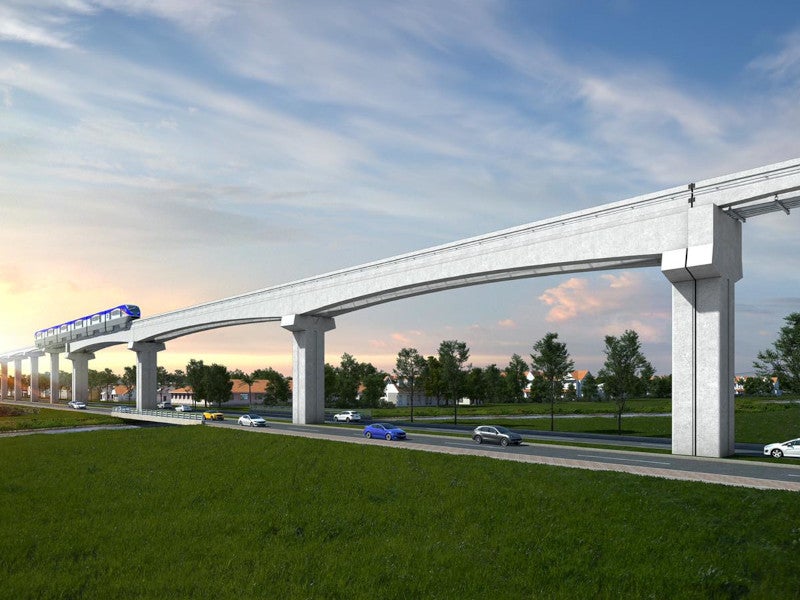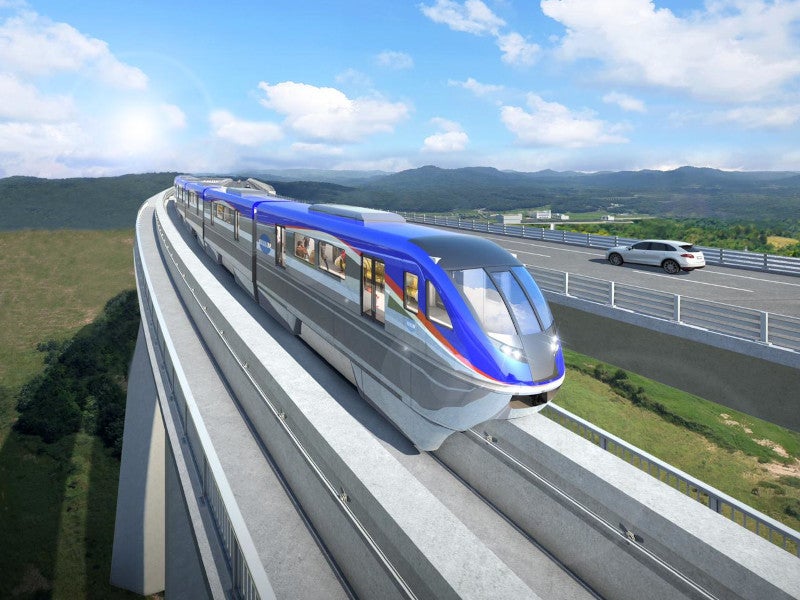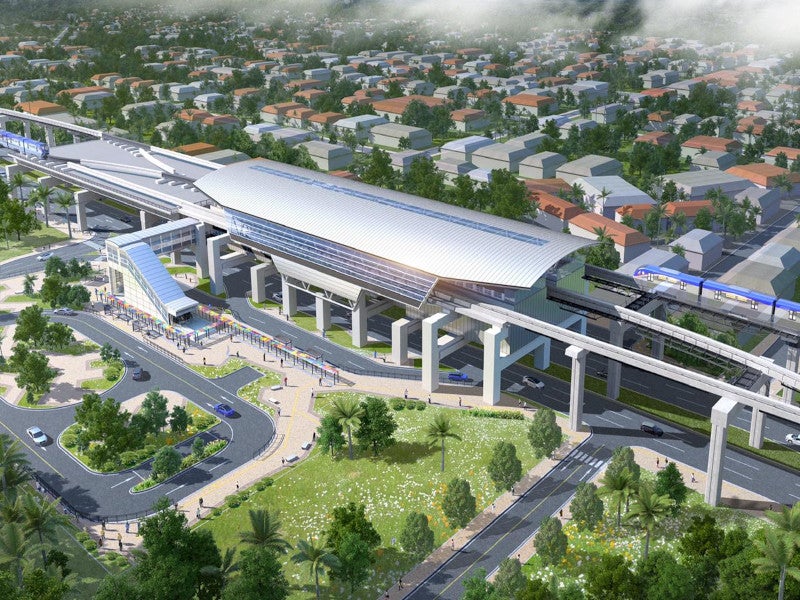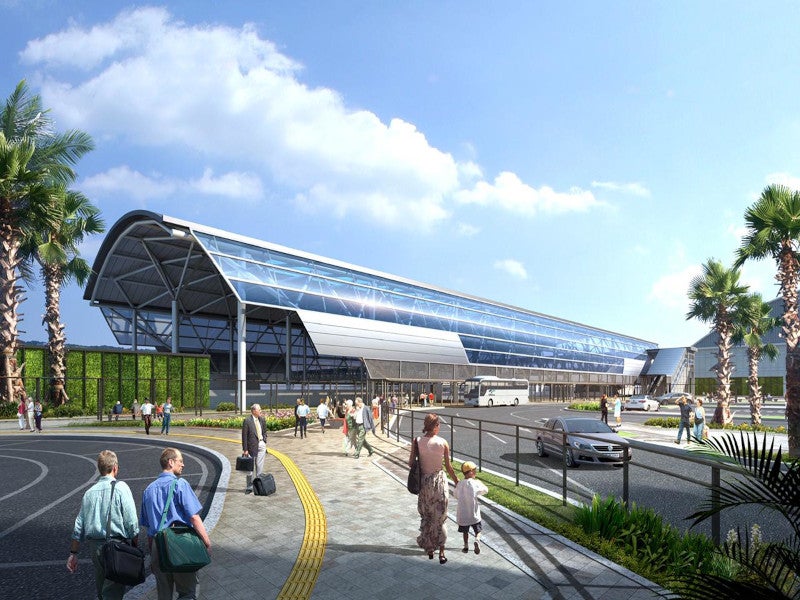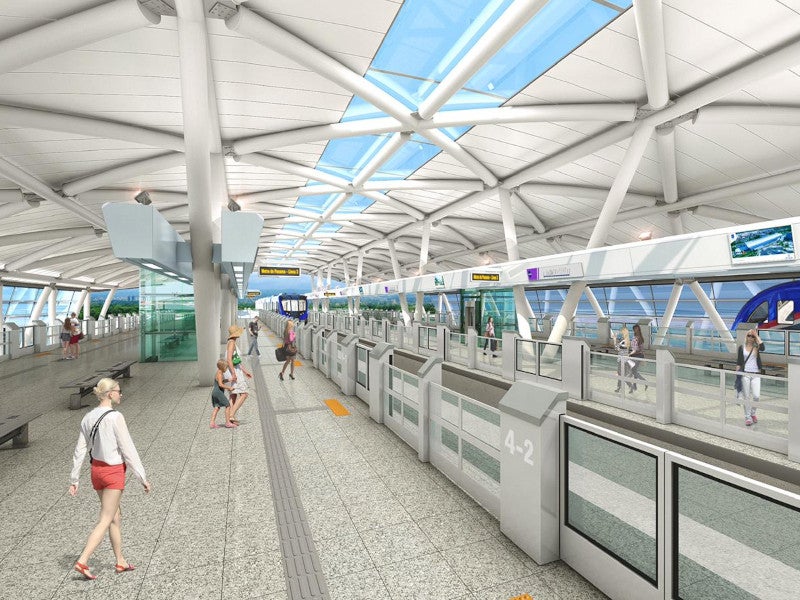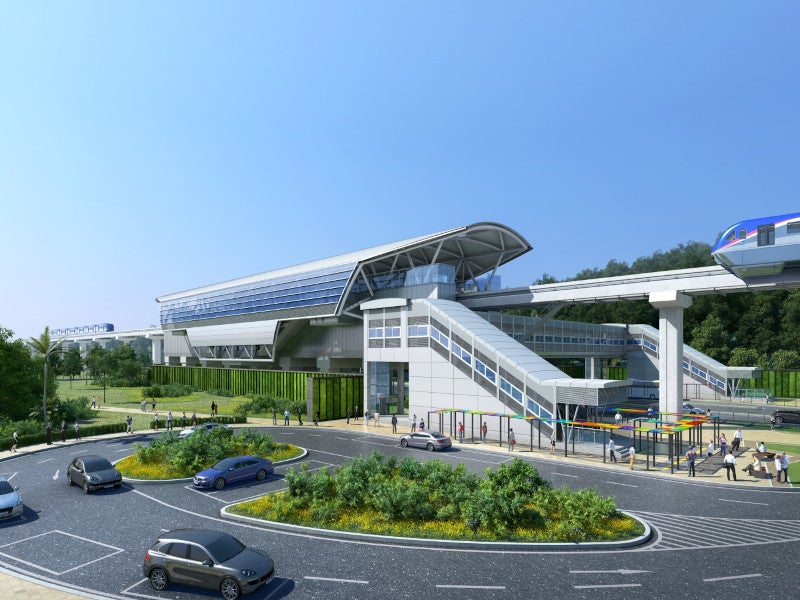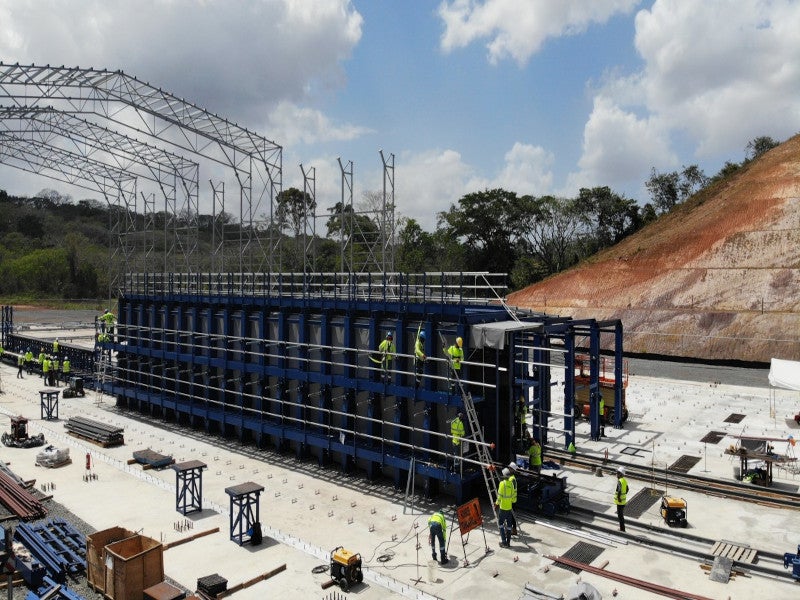The 34km Panama Metro Line 3 will be the country’s largest project since the Panama Canal’s expansion. The monorail line is being developed as part of the Panama Metro project.
The line will establish a connection between the province of Panama Oeste and the province of Panama, reducing the average travel time by half, from 90 minutes to 45 minutes.
In 2016, Panama and Japan signed a memorandum of co-operation for Line 3, focusing on Japanese technology and monorail vehicles. The monorail system will be the first to use Japanese technology in Central America.
Construction on phase one of the project commenced in February 2021. The first phase of the project will connect Albrook to the Ciudad del Futuro sector while the second phase will extend up to La Chorrera.
The line is expected to serve 20,000 passengers in each direction during peak hours, with a four-minute interval between trains. Phase two is expected to serve approximately 32,000 commuters by 2050.
During its development, Panama Metro Line 3 construction will create more than 5,000 jobs, including 800 local jobs. The line is expected to begin operations in mid-2025 and will benefit more than 500,000 residents of the Panama Oeste province.
Panama Metro Line 3 details
Phase one of Panama Metro Line 3 will be a 24.5km elevated monorail line, which will reduce downtown congestion and improve transport links across the region’s steep mountainous terrain.
The line will depart from Albrook Station on metro Line 1 and run through Arraijan, continuing through the Pan-American road with a few stops in between, before terminating at the Ciudad del Futuro station. The first phase will also include the construction of maintenance and storage facilities at Ciudad del Futuro.
The line will pass through a tunnel constructed underneath the Panama Canal. Set to become the first such beneath the canal, the 5.3km-long tunnel will have a diameter of 13m and will be situated at a depth of more than 60m. The first phase of the new elevated double-track monorail project will include 14 stations.
Each train will divide the operation of the line into two circuits, the east circuit for the 17.5km-long Albrook-Nuevo Chorrillo route and the complete circuit for the 25.85km-long Albrook-Ciudad del Futuro route.
Other developments will include the construction of pedestrian facilities and improvements to meeting areas around the stations.
Rolling stock
Rolling stock for the Panama Metro Line 3 will include 28 trainsets of six cars, each offering a passenger capacity of 1,000 a train. The train will be a large, straddle type of monorail constructed using an aluminium alloy.
Hitachi’s B-CHOP (Energy Storage for Traction Power Supply) system will be incorporated to harness the train’s regenerative energy. It will substantially reduce the energy consumption of the entire rail system by producing regenerative energy while the train is in braking mode. It will cut CO2 emissions as well as provide energy for future use.
The trains will have automatic control systems to prevent collisions, along with a surveillance and security system.
Construction details
The elevating section of the line, which connects the Panama Pacifico station with the Patios y Talleres neighbourhood in Ciudad del Futuro, will be supported by a total of 869 columns. The highest column located near San Bernardino is 31.6m long.
The first beam on the Line 3 elevated section viaduct was placed in September 2022 above the Pan-American Highway in San Bernardino. The viaduct will require the installation of 1,587 rolling beams with a length of between 22m and 28m, a weight of between 62t and 100t and a width of 80cm.
Construction of ten stations out of the 12 elevated sections is ongoing.
Financing for the Panama Metro Line three
The governments of Panama and Japan signed a funding agreement worth $2.6bn in April 2016 to support the construction of the new metro line.
The agreement also includes a non-refundable technical co-operation of up to $350,000 to hire a project manager.
The Japanese International Co-operation Agency (JICA) arranged the funding on behalf of the Government of Japan. The loan has a 20-year term with 14 years of amortisation, a six-year grace period and three years for disbursement.
JICA and the Government of the Republic of Panama signed an agreement in March 2023 to provide a loan of up to ¥92,000m ($697m) for the Panama Metro Line 3 phase two development. The loan has a 20-year term and a grace period of six years.
Contractors involved
The HPH consortium comprising Hyundai Engineering and Construction, POSCO and Hyundai Engineering was appointed as the main contractor for the project in October 2020.
Hitachi and Mitsubishi are sub-contractors responsible for providing the rolling stock and the integrated operations system.
Hitachi, Hitachi Rail and Mitsubishi signed a $883m contract with the HPH consortium in October 2020. Hitachi and Hitachi Rail will supply the control centre, electrical power systems, signalling systems, telecommunications systems, platform gates and yard equipment for the monorail, while Mitsubishi will manage administrative matters.
Hitachi subcontracted UK-based railway infrastructure company Colas Rail to design, supply and install 100km of power rail for the project, as well as assist in the development of maintenance depots.
Nippon Koei and its subsidiary, Tonichi Engineering Consultants, will provide project management services.
UK-based global strategic, environmental and engineering consultant company Ricardo was chosen to offer reliability, availability, maintainability and safety (RAMS) support for the phase one construction.
Construction materials supplier Dextra supplied 260,000 Bartec couplers and Sonitec tubes.
Elevators and escalators manufacturer Otis was contracted to supply 127 elevators and escalators for the Panama Metro Line 3 project in October 2022.

